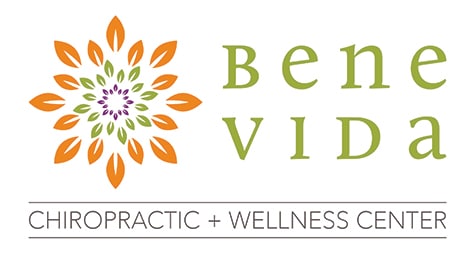Orthopedic massage is a type of injury rehabilitation that focuses on the muscles and soft tissues surrounding joints.
The aim of orthopedic massage is to relieve pain while restoring balance to the tissues and create a fuller range of motion.
Where Did Orthopedic Massage Come From?
James Waslaski pioneered the orthopedic massage techniques used today.
He combined his paramedic, trauma center and pre-med experience with his massage training to create a pain-free orthopedic massage.
The Benefits of Orthopedic Massage
Orthopedic massage can benefit patients with many symptoms and conditions. It is shown to greatly help after orthopedic surgery such as ACL, knee or hip replacement.
Soft tissue injuries like sprains, pulled muscles or torn ligaments are also greatly benefited by this massage.
Other conditions that benefit are:
- Carpal-tunnel syndrome
- Frozen shoulder
- Tennis elbow
- Tendinitis
- Sciatica
- Bulging discs
Related: What Is Deep Tissue Massage
Related: What Is a Swedish Massage
Orthopedic Massage Techniques
First, an assessment of the injury or issues will be made.
The therapist in charge of your massage therapy will look at the range of motion, flexibility, and rotation of the tissues. This will help them determine what muscle groups and tendons are involved and which techniques would be best.
Your massage therapists will use an assortment of soft-tissue techniques to loosen muscles and tendons.
These techniques include:
- Active engagement – Used to reach deep, hard to access muscles by compressing muscles and stroking lengthwise in a perpendicular motion. It is especially helpful with whiplash or lumbar pain.
- Positional release – A gentle treatment safe for inflamed muscles and tissues that are too sensitive for other techniques. Soft tissues are manipulated into comfortable positions and held in the correct place for a minute or longer. This lengthens and softens tissues promoting pain relief.
- Nerve mobilization techniques – Also known as neurodynamics and neural mobilization, this method is used to locate strained nerves and sources of pain.
- Muscle energy technique – Therapist provides resistance while you voluntarily contract certain muscles. Especially helpful with lumbar pain.
- Trigger point therapy – Uses intervals of pressure on trigger areas to release lactic acid and promote circulation.
- Myofascial release – Gentle pressure applied to the body to stretch fascia tissues.
What You Should Do Before and After the Massage?
Prior to an orthopedic massage, it is important to find a licensed therapist as orthopedic massage requires extensive knowledge of the musculoskeletal framework of the body.
An individual approach is usually taken so make sure to communicate all problems to your therapist.
After your massage remember to drink plenty of water. Staying hydrated also helps with healing.
If your therapist gives you any at-home stretches or exercises make sure to do them. It is important to follow the treatment plan specific to you.

